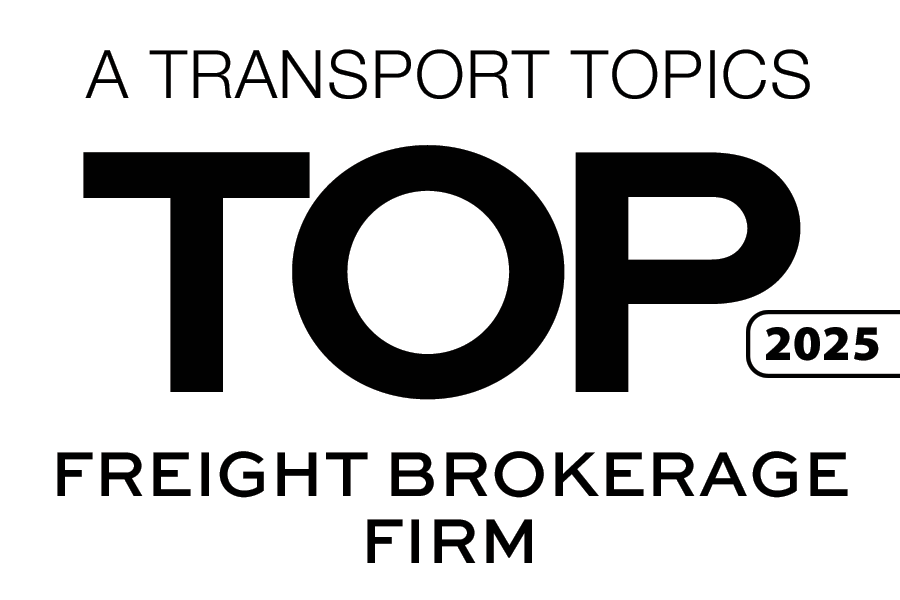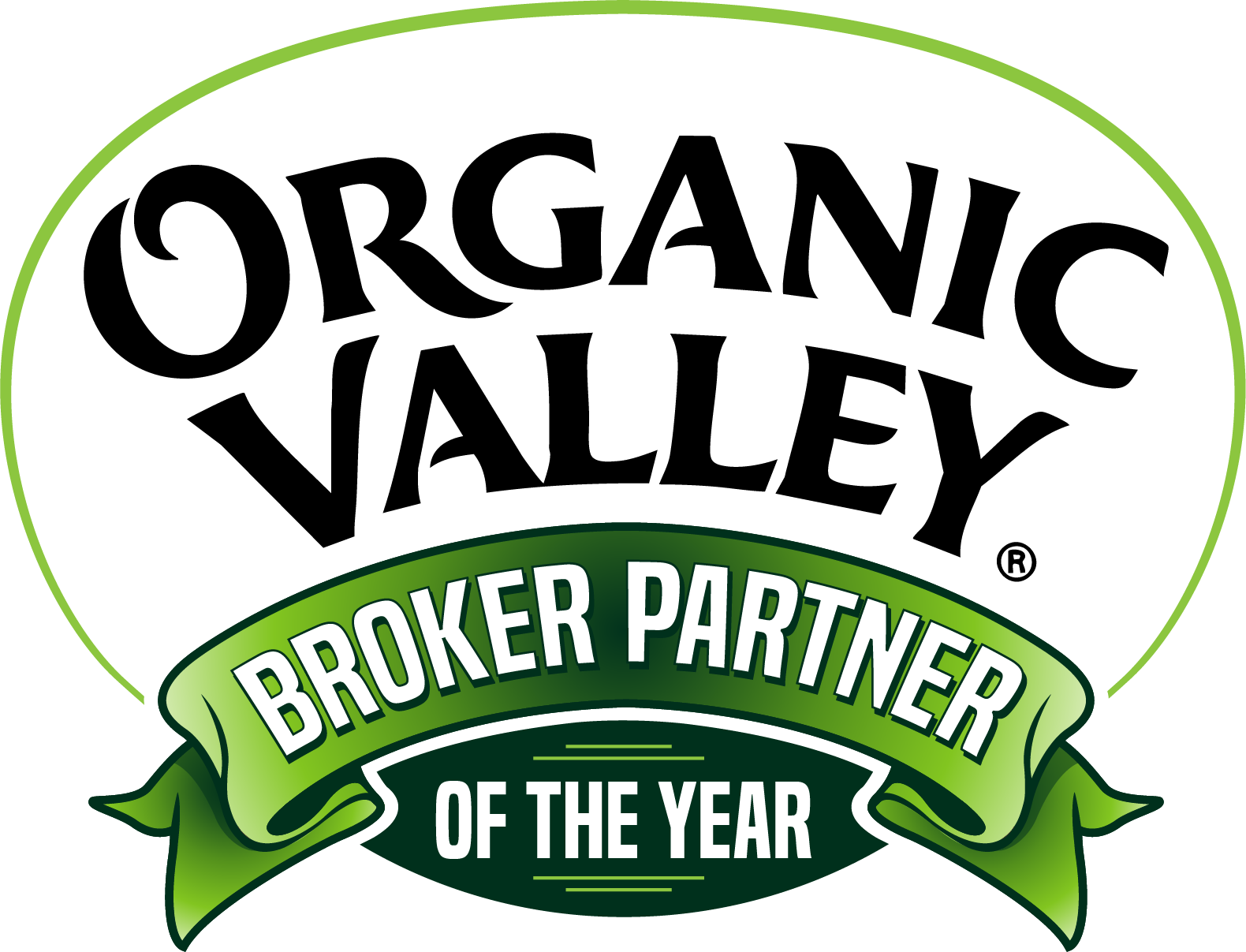Freight Guide Strategies for Maximizing Efficiency and Value
February 6, 2024
 Success isn’t just about moving goods from point A to point B. It’s about understanding the intricate dance between shippers and carriers in the ever-changing landscape of modern logistics. From customer segmentation to the implementation of routing guides, there are countless strategies that underpin successful freight management. Understanding the interactions between these various tools is the key to optimal performance.
Success isn’t just about moving goods from point A to point B. It’s about understanding the intricate dance between shippers and carriers in the ever-changing landscape of modern logistics. From customer segmentation to the implementation of routing guides, there are countless strategies that underpin successful freight management. Understanding the interactions between these various tools is the key to optimal performance.
The nuances of different customer segments – from strategic partners to niche players – is a crucial observation for devising tailored freight management strategies. While it’s easy to prioritize large clients like Walmart or Amazon, it’s important not to overlook the smaller players, as they too can be vital to the overall enterprise strategy.
Routing guides are a staple in the freight management arsenal, offering efficiency and structure to the logistics process. It’s important to not make the critical error of solely relying on routing guides at the expense of relationships. While they may help streamline operations, routing guides can’t replace the value of a strong partnership between shipper and carrier.
“I see the benefits that routing guides create for efficiency, but you cannot forget the relationship aspect,” says Glenn Koepke, founder of GTMX Advisors. “Ultimately, relationships stand out as the X-factor.”
What are the pros and cons for routing guides, and how can companies strike a balance between efficiency and relationship-building? Gain valuable insights into this topic with the latest episode of the Stay In Your Lane Podcast
Koepke employs a system of customer segmentation to help shape his strategy with routing guides. In his system, all of transport customers fall into one of five categories: strategic partners, emerging relationships, niche customers, transactional relationships, and strictly commodity based.
“For strategic customers, emerging customers, and niche customers, you need a routing guide approach that combines ease of doing business, performance, and a competitive rate,” Koepke suggests. “Transactional and commodity customers are budget-based, or you truly go to the spot market.”
One of the pitfalls of freight management is the tendency to throw the “whole farm” into bids, leading to confusion and dissatisfaction among carriers. In most cases, a more targeted approach is the answer. Using package bids to focus on specific segments of business rather than overwhelming carriers with an onslaught of requests can lead to greater success.
 It is also important to consider the total cost of delivery rather than fixating solely on the rate per mile. Intangible factors such as communication and reliability all contribute to the overall value proposition for carriers when establishing a relationship that goes beyond the financial bottom line.
It is also important to consider the total cost of delivery rather than fixating solely on the rate per mile. Intangible factors such as communication and reliability all contribute to the overall value proposition for carriers when establishing a relationship that goes beyond the financial bottom line.
“You have to look at total delivery costs,” says industry veteran Joe Lombardo. “It’s not just the rate, it’s ease of doing business, communication—all those soft skills.”
At the heart of successful freight management lies the power of relationships. Whether it’s providing support for last-minute shipments or maintaining consistent communication, fostering strong partnerships is essential for navigating the complexities of the logistics industry.
“With your key partners, you’ve got to get commitments in place. Consistency makes life a heck of a lot easier,” says Koepke. “Get committed capacity that’s consistent and base your [carrier] selections on performance.”
In an industry prone to volatility, consistency emerges as a guiding principle for Triple T Transport. By prioritizing reliability and transparency, we aim to provide stability amidst the ebb and flow of market fluctuations.
As relationships in the industry evolve, it becomes clear that and transparency, Triple T Transport continues to chart a course for success in the ever-evolving world of logistics. Contact us today to learn more about our full range of freight brokerage services or to receive a quote.














